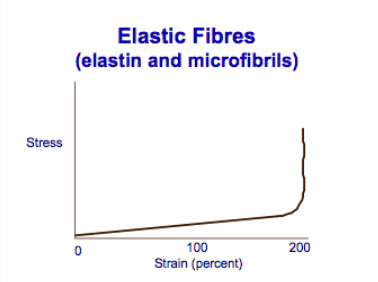Repetitive Strain Injuries (RSI) to the Spine and Joints
Repetitive strains are low-level repeated stresses or strain on the joints and muscles that are usually sub-conscious. They are habit patterns that are we are unaware of, or that may feel ‘normal’, because we have been doing them for a long time as part of our reflex movement patterns that we make without thinking. Over a period of time, however, the stress on the ligaments, tendons and muscles builds up until the pain starts.
Tendons and ligaments are irritated over a long period of time until they finally spasm to protect the injured joint or muscle from further strain or injury. The muscles may not start to spasm until they reach a ‘breaking point’ when a small, seemingly innocuous action causes the spasm. For example, sitting too long with poor posture may give no pain until the person gets up or moves, commonly just bending to the floor. Likewise, playing a sport with bad technique or form can cause similar problems: Tennis Elbow may give no pain until the arm is used to lift something simple, as in reaching for a glass of water.
Repetitive strain
Muscles are irritated over a long period of time until they reach a point of weakness such that a small stress finally triggers the spasm, such as bending slightly or reaching for a glass of water. The muscles spasm protectively to prevent further injury. Often, the back pain starts after a more substantial injury, then followed by repeated smaller strains that simply don’t allow the initial injury to settle, along with poor posture…
Common repetitive strains
- A dentist who is bending towards clients and twisting all day long
- A receptionist frequently cradling the phone under the neck while typing on the computer
- A manual worker lifting or bending all day, perhaps in awkward positions fitting floorings, bricklaying, pipe work
- Warehouse or shop-floor work with constant bending and lifting boxes, packing shelves
- A school teacher bending over low desks too long
- Weight training/exercising in the gym with poor technique.
- A person who has regular bad sitting posture at a computer, especially typing with tension and stress
- A golfer who with bad form whose muscles tighten over time – ‘Golfer’s Elbow’
- A tennis player who flicks his back hand (Tennis Elbow).
Tendons and Ligaments have elastic properties
They follow the equation: strain = force x time
Injury to muscles and joints can be caused, loosely, in two ways:
- Repetitive Strain = Low (or Repeated Low Force ) over a long time, I.e sitting all day long with poor posture
- Trauma = High Force x short time I.e. a whiplash injury with a quick, severe jolt to the neck which can occur in milliseconds.
Commonly, in the absence of a major trauma, a mixture of the two is the usual onset for an injury, with repetitive strain and a small injury or micro-trauma.
Inflammation, muscle spasm or extreme stiffening or protective guarding spasm can occur with both a traumatic injury or a repetitive strain.

Chiropractic treatment of Repetitive Strain Injuries
Treatment is focused in two phases:
- Treatment of the acute injury to improve joint mobility and reduce inflammation, muscle spasm and pain
- Education to learn, understand and avoid the repetitive straining movements, posture or actions.
It is important that the client and Chiropractor work together to find new ways of moving for the client. For example, improving the ergonomic workstation or avoiding sitting wrongly on the sofa; or with sport, having lessons to improve the technique, as in tennis elbow to avoid the wrist bending backwards.